Retro Replay Review
Gameplay
Ramparts takes the smash-and-bash arcade formula popularized by Bally Midway’s Rampage and drapes it in a medieval coat of mail. Instead of grotesque giant monsters wreaking havoc, you control towering knights—Sir Griswold and Sir Larkin—each intent on reducing colorful castles to rubble. The core loop is gloriously simple: scale the battlements, punch apart stone blocks, and watch turrets tumble as you race the clock and a horde of nuisances.
(HEY YOU!! We hope you enjoy! We try not to run ads. So basically, this is a very expensive hobby running this site. Please consider joining us for updates, forums, and more. Network w/ us to make some cash or friends while retro gaming, and you can win some free retro games for posting. Okay, carry on 👍)
Controls are tight and responsive, allowing you to move left or right on the single foreground plane, leap onto walls, and deliver solid blows to individual stones. Because buildings often overlap, you must decide on a demolition order, planning which walls to weaken first so you don’t get trapped. This adds a surprisingly strategic layer beneath the surface chaos, as you juggle aggressive structure destruction with dodging incoming arrows or harassing witches.
The challenge ramps up nicely over successive screens. New adversaries—goblins that dart out to clobber you, witches that hurl curses, and archers perched on high ramparts—force you to constantly adjust your tactics. You’ll sometimes use fallen stones as cover, or bait enemies to congregate in one spot before you charge in. Speed and timing are critical because each level has a strict timer, and it’s easy to find yourself in a tug-of-war between demolishing walls and evading foes.
Multiplayer is where Ramparts truly shines. Two knights can team up or compete, trading taunts as they race to rack up higher scores. Before each game, you enter a five-character name, which appears beside your score, fostering a lighthearted rivalry. Cooperative runs can become a dance of destruction, as you coordinate which tower to take down first, or inadvertently sabotage each other’s efforts when one knight knocks down a vital support wall too early.
Graphics
The art style in Ramparts leans into the charm of early ’90s arcades, with pixelated knights rendered in vibrant primary colors set against moody castle backdrops. Each stone block is individually drawn, so you get satisfying visual feedback as walls crack, chips fly off, and entire sections slide down. It’s rudimentary by modern standards, but it exudes personality.
Animation is bouncy and expressive. When your knight punches a wall, there’s a pronounced recoil, and you’ll see the impact frames shift convincingly. Enemies likewise have distinct motions: goblins scurry with twitchy legs, archers draw bows at you, and witches glide in with hunched silhouettes. These small touches elevate the medieval theme beyond mere palette swaps.
Background details—tower flags snapping in the breeze, distant mountains, and dark clouds overhead—help reinforce the sense of grand siege warfare. Although Ramparts runs on a single screen, the layering of foreground action against static but atmospheric backdrops avoids visual clutter. This clarity ensures you always know which blocks have been weakened and where lurking dangers may emerge.
Story
At first glance, Ramparts’ narrative is simple: two knights—Sir Griswold and Sir Larkin—have been cursed by the Evil One and transformed into towering giants. Their quest is straightforward: crush every castle on the path to the fiend’s lair and reclaim their mortal forms. It’s classic arcade fodder: minimal exposition, plenty of mayhem.
While the story beats are brief, they’re conveyed with tongue-in-cheek flair. The curse is referenced between levels with short text blurbs, and the sense of knightly indignation at being turned into oversized wrecking balls keeps the tone light. This backstory gives just enough motivation to your rampage without bogging you down in lengthy cutscenes.
Character differentiation is primarily visual—Griswold and Larkin look slightly distinct and each has their own default color scheme—but their shared goal unites the gameplay. The medieval overlay, complete with goblins and witches, feels cohesive. It strikes a nice balance between narrative context and pick-up-and-play accessibility, making Ramparts more engaging than a generic building-destruction simulator.
Overall Experience
Ramparts offers a delightfully chaotic romp for fans of old-school arcade action. The smashing mechanics are endlessly replayable, especially with a friend alongside. Though it lacks modern sophistication, it compensates with immediacy, humor, and a quirky medieval motif that sets it apart from other Rampage clones.
Replay value is high: each attempt is a fresh puzzle of which walls to topple first, how to avoid enemy harassment, and how to exploit the timer to your advantage. The name entry feature and high-score tracking imbue each session with a competitive spark, tempting you to beat your own record or that of a companion.
For anyone craving straightforward, button-mashing satisfaction wrapped in a lighthearted fantasy theme, Ramparts delivers. It’s ideal for short bursts of carnage or marathon two-player showdowns. While it won’t replace your modern action-strategy games, its nostalgic pixel charm and addictive demolition gameplay make it a worthy addition to any retro collection.
 Retro Replay Retro Replay gaming reviews, news, emulation, geek stuff and more!
Retro Replay Retro Replay gaming reviews, news, emulation, geek stuff and more!
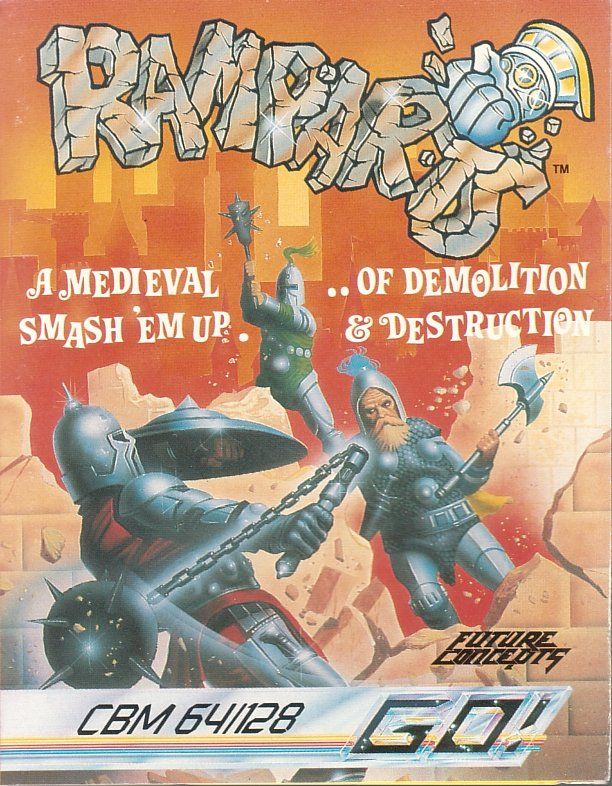
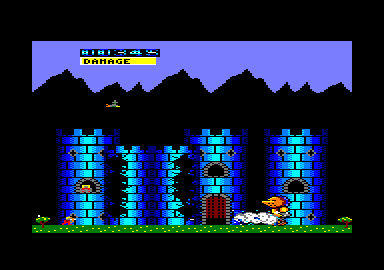
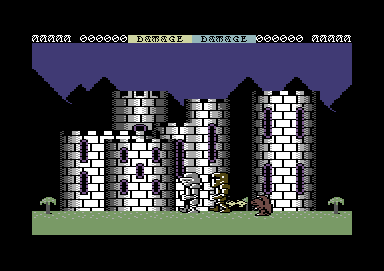
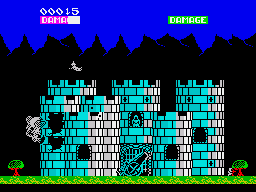
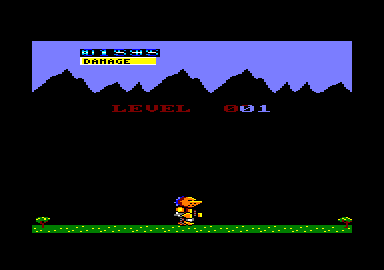
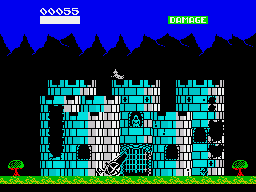



Reviews
There are no reviews yet.